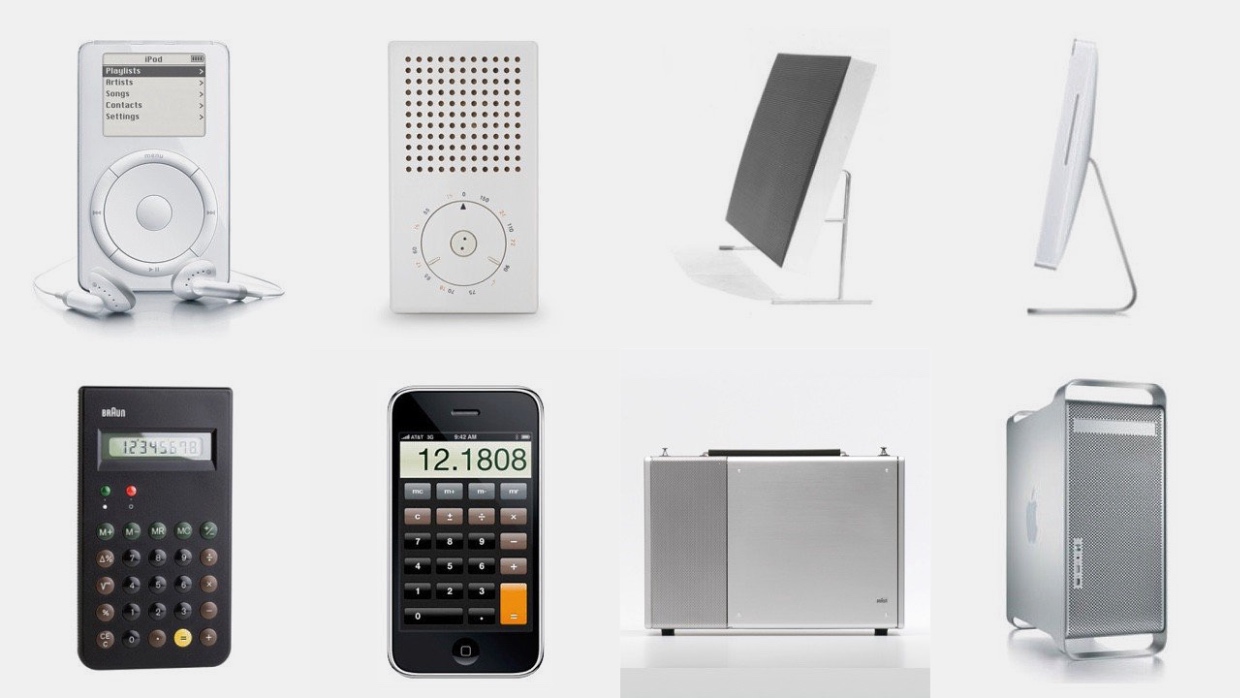It’s always surprising that the little snooze button after turning on the alarm on the iPhone pushes the next call exactly 9 minutes later.
The advantage is that even after one skip, the time does not change to a clear 5 or 10 minutes, and, accordingly, it immediately becomes more difficult to calculate the next “five minutes” so as not to oversleep.
But there is no way to change this interval.
It’s clear, sometimes Apple likes to dictate its own rules when using its technology, but on the alarm clock why such persistence?
The decision was not made out of thin air. The legs are revealed from Apple DNA. Now I’ll explain.
Apple creates similar things all the time. And sometimes he takes tricks from their advertising

Cartier Santos 1904 and Apple Watch Series 9 Hermès
since software is an abstract thing, to recognize digital elements in the logic of the arrival of individual objects.
The simplest example is the Apple Watch. Apple shows the time “9:41” on all its product posters, but not on its watch. The dials on them always show “10:09”, but there is no magic of numbers here.
It’s just that this particular time has been used for a century in advertising materials during regular hours. Thus, lengthening the beautiful shape of the smile and at the same time does not interfere with seeing the manufacturer’s logo on the dial.
Besides the collaboration with Hermès, Apple does not need to show any logos, since there are none on the Apple Watch dials at all, but the tribute to tradition has been preserved.

Braun equipment: T3 radio (1958), LE-1 speaker (1959), ET44 pocket calculator (1977), T1000 radio (1964); Apple equipment: iPod (2021), iMac (2007), calculator on iPhone OS (2007), PowerMac G5 (2006)
Or look at Brown’s technique from the 1950s to the 1970s. Whether intentionally or not, the Californians adopted many of the ideas of the brilliant Dieter Rams, who at that time was at the head of the industrial design of the German manufacturer.
And before, in general, every iOS was imbued with approximate ones, starting with a calculator and ending with a shelf with books.
This happened even in Mac OS X. For example, Apple computers had sticky notes for quick notes, a direct analogue of cleaning yellow pieces of paper.
And here it becomes obvious that the roots must be sought precisely in borrowing from truly independent devices.
The alarm clock copied the main disadvantage for credibility

First alarm hidden snooze alarm Telechron Snooz Alarm (1956)
The “snooze” function began to be invented about 70 years ago. The first attempts to regulate the popular manufacturer of Telechron watches and their models in the 20th century. Telechron snooze alarm.
The element needed to be integrated into an existing watch movement, and this presented an unforeseen problem.
Since the alarm clock was compact, I didn’t want to change the components much, otherwise this would have been said during the development and final cost of the device.
Therefore, a very convenient button at the top rewinded the alarm clock “by about 10 minutes” each time. But it was always 9 minutes with an exchange, so that the user would not be surprised why he slept the promised 10 minutes longer.
Interestingthat the primitive mechanism created another problem: when using the snooze button, the set alarm did not return to its previous time. Each time he moved the wait to 9 minutes later and thereby reset it to zero.
Got up at 7:18 instead of 7 am after two delays? Set your alarm again in the evening, otherwise you will start at 7:18 am the next morning.
Thank you for not adding this to the iPhone.
Other manufacturers didn’t bother too much either, and the 9-minute trend stuck.
Therefore, it is not clear that Apple thought for a long time about what interval to set. Most likely, the company simply took over the function of a regular home alarm clock.
Another point is that we, just like in mechanical analogues, do not allow us to set a different interval. It turns out that for complete realism, Apple copied both the features and the shortcomings of functionality.
What’s even more interesting is that the company’s design inherits the ideas of Braun technology from the late 1950s. And at the same time, an alarm clock was created in which the skip function was disabled.
To some extent, the chain echoes the even stricter, technological DNA of the iPhone and fuels the tradition of user interaction.
Well, since we’re talking about the rather bad habit of sleeping “just a little bit more,” let’s look into another non-obvious issue.
Is it harmful to use the “Snooze” key?

Not that it would be harmful, but not particularly useful either.
Research has long proven that factory alarm clocks increase blood pressure and cause irregular heart rhythms as the body enters a state of shock, the “hit and run” mode. It’s nothing like stress.
And with the “delay” key you will repeat the same torture for the body more than once. In 9 minutes you can actually fall asleep, and depending on your circadian rhythm, you can also do this firmly right away.
In this case, a repeated withdrawal from sleep will not be a replacement for the first one, and all your efforts will be happy with the “extra minutes” to go down the drain.
On the other hand, no negative effects on cognitive abilities were observed. Therefore, if you really want to, skip the alarm – just occasionally.
Source: Iphones RU
I am a professional journalist and content creator with extensive experience writing for news websites. I currently work as an author at Gadget Onus, where I specialize in covering hot news topics. My written pieces have been published on some of the biggest media outlets around the world, including The Guardian and BBC News.










